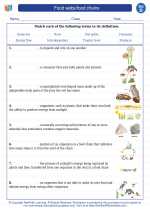Adenosine Triphosphate (ATP)
ATP, or adenosine triphosphate, is often referred to as the "energy currency" of the cell. It is a small molecule that is used to store and transfer energy within cells. ATP is composed of an adenine molecule, a ribose sugar, and three phosphate groups.
Functions of ATP
ATP plays a crucial role in various cellular processes, including:
- Energy Storage: ATP stores energy in its high-energy phosphate bonds, which can be released when needed.
- Energy Transfer: ATP transfers energy to drive various cellular processes, such as muscle contraction, active transport, and biosynthesis.
- Chemical Reactions: ATP provides the energy required for chemical reactions to occur within the cell.
ATP Synthesis and Breakdown
ATP is synthesized through the process of cellular respiration, specifically during the electron transport chain and oxidative phosphorylation. The breakdown of ATP occurs through hydrolysis, where a water molecule is used to break one of the phosphate bonds, releasing energy and forming adenosine diphosphate (ADP) and inorganic phosphate (Pi).
Study Guide
Here are some key points to remember about ATP:
- What does ATP stand for? What is its chemical structure?
- What is the role of ATP in the cell?
- How is ATP synthesized in the cell?
- Describe the process of ATP breakdown.
- Provide examples of cellular processes that require ATP.
Understanding the role and functions of ATP is crucial for grasping the concept of cellular energy and metabolism. Be sure to review the structure of ATP, its synthesis and breakdown, and its importance in various cellular processes.
Good luck with your studies!
.◂Science Worksheets and Study Guides Fourth Grade. Food webs/food chains
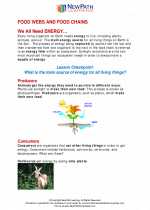
 Activity Lesson
Activity Lesson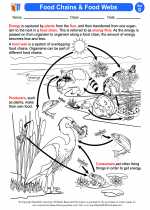
 Worksheet/Answer key
Worksheet/Answer key
 Worksheet/Answer key
Worksheet/Answer key
 Worksheet/Answer key
Worksheet/Answer key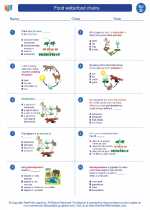
 Worksheet/Answer key
Worksheet/Answer key
 Vocabulary/Answer key
Vocabulary/Answer key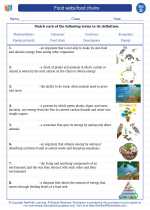
 Vocabulary/Answer key
Vocabulary/Answer key
 Vocabulary/Answer key
Vocabulary/Answer key